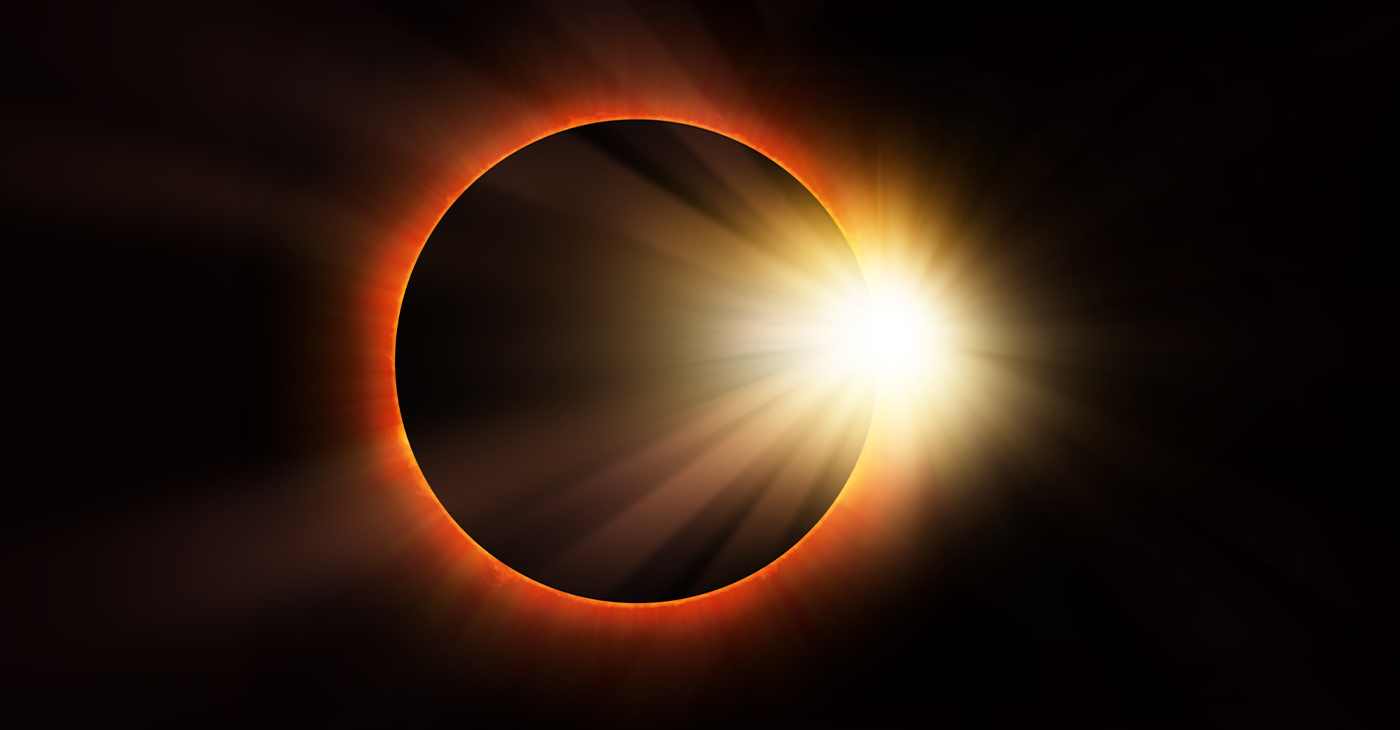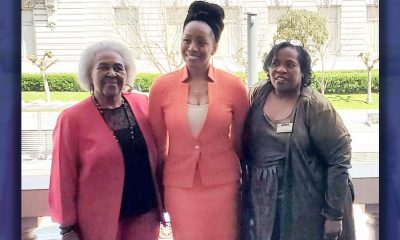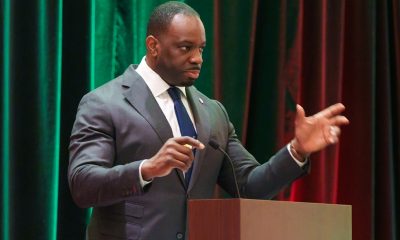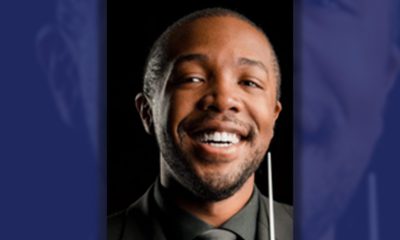Commentary
COMMENTARY: Hopkins, City MOU
THE AFRO — The MOU would require an agreement with the Baltimore Police Department.
Submitted to the AFRO by Mayor Catherine Pugh
Nearly 70% of U.S. colleges and universities, both public and private, with 2500 or more students – which comes to more than 4000 schools — have sworn, armed police officers to provide law enforcement services on campus. Every public institution in Baltimore has an armed police department, including Morgan State University, all of the University of Maryland’s professional schools, the University of Baltimore and Coppin State University.
A report on college campus crime clearly states that crime on these campuses is on the rise, by anywhere from 68-75%. The idea of a campus police force dates back to the late 1800s, when Yale University began an agreement with the New Haven Police Department to have two of their officers assigned exclusively to the campus as a means of deterring crime and improving student-police relations.
There is not a single person who can say they are satisfied with where our city is right now as it relates to crime. Too many shootings, too many illegal guns on our streets, just too many violent acts and too many people dying unnecessarily in our streets. Creating jobs and apprenticeship programs while addressing homelessness and drug addiction remain a part of improving the quality of life in Baltimore.
Our efforts to drive down crime also include intervention programs like Safe Streets (which we are expanding) and ROCA, among many others, helped us reduce crime in every single category last year. Unfortunately, we are currently experiencing a spike in crime. In response, we are working to add more police to our team, even though last year, despite a significant increase in applications, we lost 36 officers more than we hired. Not acceptable. We were already at a deficit when I took office two years and two months ago, with 545 less officers than budgeted. That will improve. Since putting the applications on line they have tripled. We’ve also certified our cadet program which will help us attract more residents from Baltimore.
With the introduction of Michael Harrison to be our Police Commissioner, BPD is preparing to undergo a complete makeover. Also, with the support of the state, the Department will significantly upgrade our technology platforms, thereby improving transparency, oversight and accountability.
Four days a week, at eight o’clock in the morning, our Violence Reduction Initiative team meets at Police Headquarters to dissect the crime occurring in the streets and, with various city agencies, attack the issues at the heart of crime. Then, once a week, the engaged team walks with me through crime-ridden neighborhoods to observe what’s going on, engage community leaders and offer solutions. Everyone in our city deserves to feel safe — residents, business owners, employees, students and visitors. I remember Mr. Flan Couch, Jr., who headed the police department at Morgan when I was a student. We all felt safe because of his forces’ presence.
Newly nominated Police Commissioner Michael Harrison says that in New Orleans they have seven universities – five private and two public; all of them have private armed police departments. He says the formation of a Hopkins police force would be good for Baltimore if we craft a detailed memorandum of understanding (MOU) that would make a Hopkins police force accountable to the city. I agree. It helps Baltimore. Because just like Morgan, the University of Baltimore, Coppin and the University of Maryland, we don’t have to patrol their campus grounds.
The MOU would require an agreement with the Baltimore Police Department that Hopkins be in compliance with our consent decree. It could also restrict the number of police they can hire. The MOU could require Hopkins officers to be trained by BPD, just like Coppin State University Police, as we are required by the consent decree to change the cultural behavior of the department, provide constitutional training, as well as community engagement and bias free policing. The MOU would also require that all serious crimes be investigated by the Baltimore Police Department. This strategy works in other cities and could work in Baltimore. Baltimore needs all the assistance it can get in reducing violence. Spikes in crime impede progress on every front and are a serious drain on the quality of life that all our citizens deserve. We’re working to reduce violence, improve the quality of life in our city and make all residents, business owners, employees and students feel safe in Baltimore. A Hopkins police team with city oversight can work for everybody.
The opinions on this page are those of the writers and not necessarily those of the AFRO.
Send letters to The Afro-American • 1531 S. Edgewood St. Baltimore, MD 21227 or fax to 1-877-570-9297 or e-mail to editor@afro.com.
This article originally appeared in The Afro.
Activism
Oakland Post: Week of April 24 – 30, 2024
The printed Weekly Edition of the Oakland Post: Week of April 24 – 30, 2024

To enlarge your view of this issue, use the slider, magnifying glass icon or full page icon in the lower right corner of the browser window. ![]()
Activism
Oakland Post: Week of April 17 – 23, 2024
The printed Weekly Edition of the Oakland Post: Week of April 17 – 23, 2024

To enlarge your view of this issue, use the slider, magnifying glass icon or full page icon in the lower right corner of the browser window. ![]()
Commentary
Opinion: Surviving the Earthquake, an Eclipse and “Emil Amok.”
Last Friday, a 4.8 magnitude earthquake shook New York City, reported as the “biggest earthquake with an epicenter in the NYC area since 1884” when a 5.2 quake hit. A bit bigger. The last quake similar to Friday’s was a 4.9 in 1783.Alexander Hamilton felt it — 241 years ago. That’s why New Yorkers were freaking out on Friday. They were in the room where it happens.

By Emil Guillermo
I’m a Northern Californian in New York City for the next few weeks, doing my one-man show, “Emil Amok, Lost NPR Host, Wiley Filipino, Vegan Transdad.”
I must like performing in the wake of Mother Nature.
Last Friday, a 4.8 magnitude earthquake shook New York City, reported as the “biggest earthquake with an epicenter in the NYC area since 1884” when a 5.2 quake hit. A bit bigger. The last quake similar to Friday’s was a 4.9 in 1783.
Alexander Hamilton felt it — 241 years ago.
That’s why New Yorkers were freaking out on Friday. They were in the room where it happens.
And it just doesn’t happen that often.
Beyonce singing country music happens more frequently.
When I felt New York shake last week, it reminded me of a time in a San Francisco TV newsroom when editors fretted about a lack of news an hour before showtime.
Then the office carpeting moved for a good ten seconds, and the news gods gave us our lead story.
On Friday when it happened in NYC, I noticed the lines in the carpeting in my room wiggling. But I thought it was from a raucous hotel worker vacuuming nearby.
I didn’t even think earthquake. In New York?
I just went about my business as if nothing had happened. After living near fault lines all my life, I was taking things for granted.
Considering the age of structures in New York, I should have been even more concerned about falling objects inside (shelves, stuff on walls) and outside buildings (signs, scaffolding), fire hazards from possible gas leaks, and then I should have looked for others on my floor and in the hotel lobby to confirm or aid or tell stories.
Of course, as a Californian who has lived through and covered quakes in the 4 to 6 magnitude range, I tried to calm down any traumatized New Yorker I encountered by taking full responsibility for bringing in the quake from the Bay Area.
I reassured them things would be all right, and then let them know that 4.8s are nothing.
And then I invited them to my consoling post-Earthquake performance of “Emil Amok, Lost NPR Host…”
It was the night of the eclipse.
ECLIPSING THE ECLIPSE
In New York City, the eclipse was about 90 percent visible. Good enough for me. Though a full solar eclipse is a celestial rarity, blockages of any sort aren’t generally celebrated. My one-man play is about growing up with the eclipsed history of American Filipinos and how I struggle to unblock all that.
For example, did you know the first Filipinos actually arrived to what is now California in 1587? That’s 33 years before the Pilgrims arrived in America on the other coast, but few know the Filipino history which has been totally eclipsed.
I was in Battery Park sitting on a bench and there was a sense of community as people all came to look up. A young woman sitting next to me had a filter for a cell phone camera. We began talking and she let me use it. That filter enabled me to take a picture of the main event with my iPhone.
For helping me see, I invited her and her boyfriend to come see my show.
Coincidentally, she was from Plymouth, Massachusetts, near the rock that says the year the Pilgrims landed in 1620.
In my show she learned the truth. The Pilgrims were second.
History unblocked. But it took a solar eclipse.
Next one in 2044? We have a lot more unblocking to do.
If you’re in New York come see my show, Sat. April 13th, 5:20 pm Eastern; Fri. April 19, 8:10 pm Eastern; and Sun. April 21st 5:20 pm Eastern.
You can also livestream the show. Get tickets at www.amok.com/tickets
About the Author
Emil Guillermo is a journalist and commentator. He does a mini-talk show on YouTube.com/@emilamok1. He wishes all his readers a Happy Easter!
-

 Activism4 weeks ago
Activism4 weeks agoOakland Post: Week of March 27 – April 2, 2024
-

 #NNPA BlackPress4 weeks ago
#NNPA BlackPress4 weeks agoBeloved Actor and Activist Louis Cameron Gossett Jr. Dies at 87
-

 Community1 week ago
Community1 week agoFinancial Assistance Bill for Descendants of Enslaved Persons to Help Them Purchase, Own, or Maintain a Home
-

 Activism3 weeks ago
Activism3 weeks agoOakland Post: Week of April 3 – 6, 2024
-

 Business1 week ago
Business1 week agoV.P. Kamala Harris: Americans With Criminal Records Will Soon Be Eligible for SBA Loans
-

 Activism2 weeks ago
Activism2 weeks agoOakland Post: Week of April 10 – 16, 2024
-

 Community1 week ago
Community1 week agoAG Bonta Says Oakland School Leaders Should Comply with State Laws to Avoid ‘Disparate Harm’ When Closing or Merging Schools
-

 Community6 days ago
Community6 days agoOakland WNBA Player to be Inducted Into Hall of Fame





















































